The Zambian Kwacha has continued to weaken, with no immediate signs of recovery, according to a report by Access Bank Group.
The currency is currently trading at around 28.7500 per U.S. dollar—a roughly 13 percent drop year-on-year—exacerbated by tight market liquidity conditions.
Severe droughts have crippled Zambia’s hydropower generation, which supplies 85 percent of the country’s electricity, significantly impacting the mining sector.
With mining accounting for over 70 percent of Zambia’s foreign exchange earnings, reduced output has slashed dollar inflows and piled pressure on the Kwacha.
“Yesterday’s [Thursday] trade balance data underscored this, showing a February deficit of K0.6 billion, a stark contrast to the K10.0 billion surpluses recorded in 2021,” the report noted.
Despite these challenges, the outlook remains positive. The report highlighted that commodity exports are expected to rebound once the drought eases, while shifts in U.S. trade policy could indirectly benefit Zambia.
“The U.S. is not among Zambia’s top 10 copper buyers, so Trump’s tariffs won’t have a direct impact—but they could drive up global copper prices, benefiting Zambia. Copper’s significance is also growing as the world transitions from fossil fuels to electrification,” the report stated.
The International Energy Agency warns of a potential 30 percent supply shortfall in copper by 2035, which could push prices significantly higher. Zambia aims to capitalize on this, targeting a fourfold increase in copper production to three million tonnes by 2031.
Key initiatives include the first major geological survey since 1972, increased investment in mining infrastructure, and expanded local refining capacity, which currently processes only 20 percent of the country’s copper.
If successful, these efforts could restore Zambia’s position as a leading global copper producer.
WARNING! All rights reserved. This material, and other digital content on this website, may not be reproduced, published, broadcast, rewritten or redistributed in whole or in part without prior express permission from ZAMBIA MONITOR.

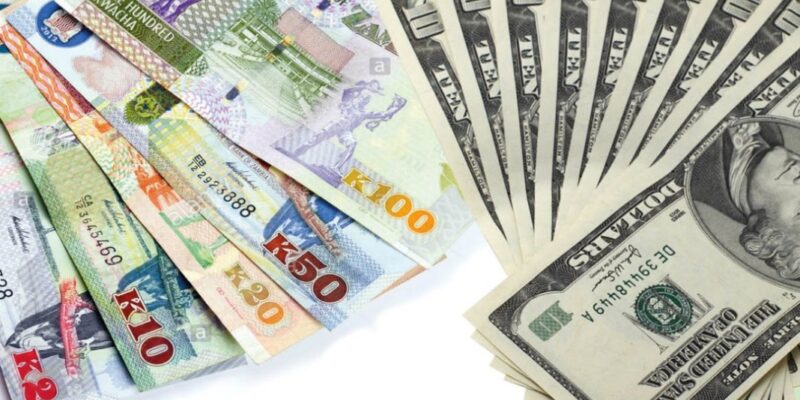
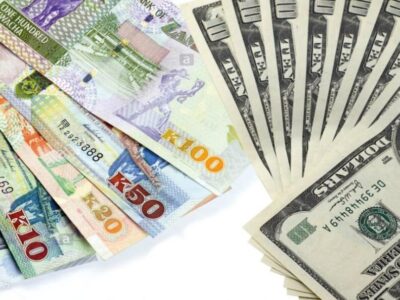
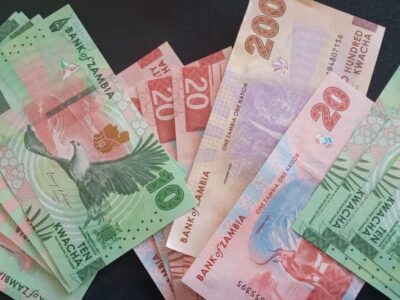
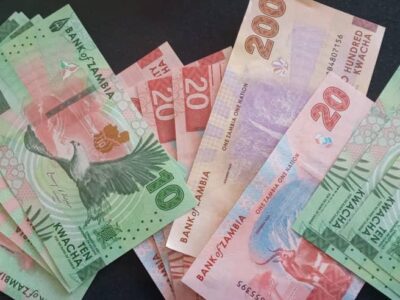
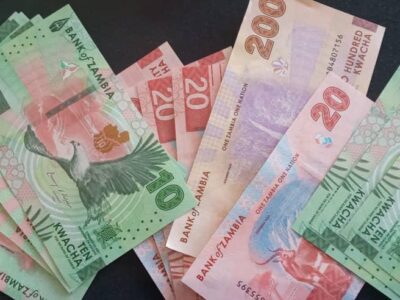




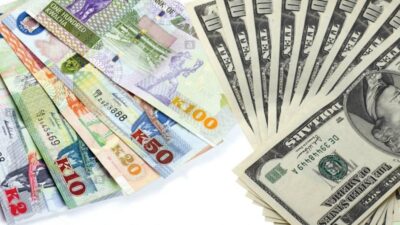

Comments